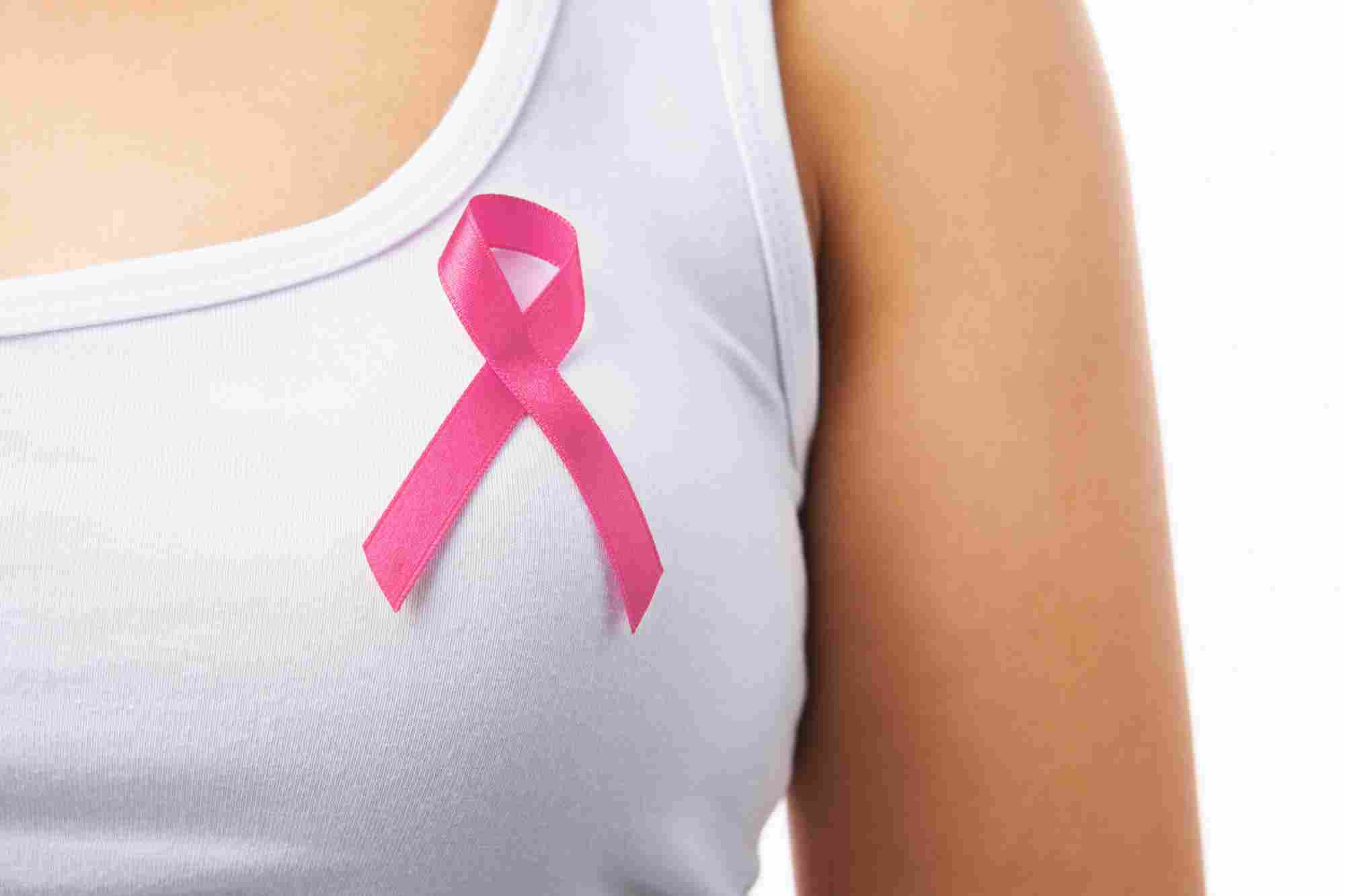

Breast tomosynthesis uses high-powered computing to convert digital breast images into a stack of very thin layers or “slices”—building what is essentially a “3-dimensional mammogram”.
During the tomosynthesis part of the exam, the X-ray arm sweeps in a slight arc over the breast, taking multiple breast images in just seconds. Very low X-ray energy is used so your exposure is about the same as that of a traditional mammogram. A computer then produces a 3D image of your breast tissue in one millimeter layers.
Now the radiologist can see breast tissue detail in a way never before possible. Instead of viewing all the complexities of your breast tissue in a flat image, the doctor can examine the tissue a millimeter at a time. Fine details are more clearly visible, no longer hidden by the tissue above and below.
We also utilize a advanced artificial intelligence cancer detection technology called iCAD to provide a second set of eyes to detect abnormalities and cancer.
There are two types of mammograms:
We are accredited by CAR, the Canadian Association of Radiologists, and proud to be affiliated with Alberta Health Services’ Breast Cancer Screening Program (ABCSP).
Because our primary goal has always been to deliver the highest quality care to our patients, we are adding breast tomosynthesis to our breast health services.
We have chosen the Selenia® Dimensions® breast tomosynthesis system from Hologic® because we believe that if offers the best technology available. Please call our clinic to schedule your annual mammogram.
Same – Next Day
780-476-9729
780-476-9732
